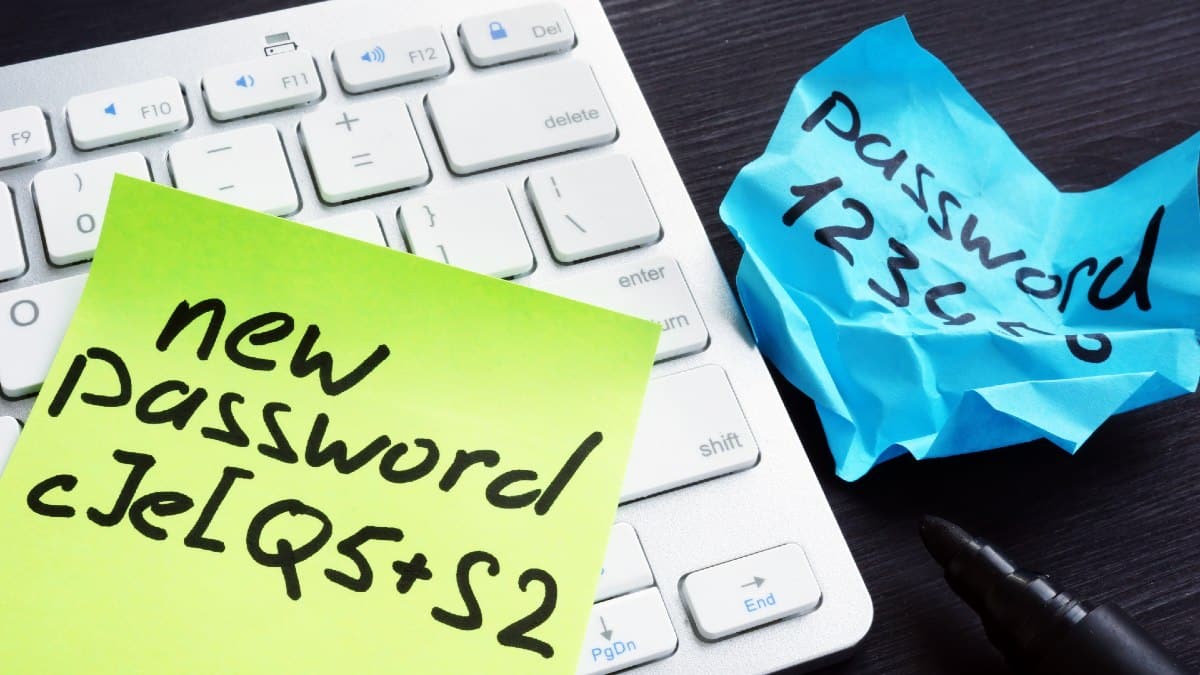3 LinkedIn security features to stay protected

Your parents or grandparents may have told stories about looking for work and how they knocked on doors until they were hired. Well, it hasn’t worked that way in quite a while. You’ll be stopped by security in most office building lobbies before you can get anywhere.
The process of landing a job, being prepared and having a good resume and experience hasn’t changed. But you can now explore hundreds or thousands of positions at once, thanks to job search sites.
LinkedIn is the world’s largest professional network, with nearly a billion members globally. While this offers a wealth of opportunities for job seekers and recruiters, it also makes the site a prime target for hackers. Fortunately, LinkedIn has features to help remove fake profiles and threat actors.
Stopping scammers in their tracks
Scammers often impersonate well-known brands and companies to gain their victims’ trust. Social networks provide a platform for crooks to spam countless people with messages containing malicious links and malware.
Research shows that LinkedIn is the most impersonated brand for phishing attacks, accounting for nearly half of these cybercrimes globally. Tap or click here for our report of the top 10 brands to watch out for.
LinkedIn announced its plans to tackle fraudulent activity in a blog post. Here are tools you can use to help keep you safe.
1. Learn more about a profile
LinkedIn has a feature that lets you verify a profile’s authenticity. By going to a profile and tapping the More button, then About this profile, you’ll get more information, including the following:
- When the profile was created.
- When the profile was last updated.
- Whether the member has verified a phone number.
- Whether the member has a work email associated with their account.
Scammers don’t take the time to keep their profiles updated, especially since they constantly create new ones to target fresh victims. Also, scammers can’t verify that information without access to a company email.
Use this knowledge when deciding to accept a connection or message.
New password rules to secure your accounts

Strong, unique passwords are your first defense against unauthorized access to your devices and personal information. The better the password, the more secure your computer or device will be from threat actors.
The thing is that a good password is not enough. It must be paired with other security practices for optimum protection. Just a few extra steps can go a long way in preventing disaster.
Before you panic, it might be an AI voice on the phone and not a relative in danger

Who can you trust in our AI-driven world of deepfakes and automatically-generated messages? “Deepfake” is short for “deep learning and fake,” and some of these projects feel so real that even experts might be fooled.
This tricky ransomware uses your insurance company against you

Cybercriminals have a new twist on ransomware that takes a strange turn. They infect victims’ devices with HardBit 2.0 malware that encrypts critical files. To get access back to those files, you must pay a fee. Here’s the twist. They try getting information from you that would make your insurance company pay the ransom.
How to know if hackers are in your phone

The iPhone has a reputation for being secure. Apple has a closed operating system (as opposed to Android’s open-source) and more closely monitors and vets apps in the App Store. And with just one phone model, the iPhone, Apple can more easily push out updates and pressure its users to download them.
This malware can eavesdrop on your calls using your phone’s motion sensors

When you install an app, do you read the fine print? You know, all those terms and conditions you may have blindly agreed to when you clicked “Agree.”
Guess what? You may have given those apps permission to listen to you using your microphone. Want to find out which apps are spying on you? Tap or click here and Kim will show you how to find them and put a stop to it.
Popular password manager hacked — What you need to know

Your account is only as secure as your password. When was the last time you did a password audit? By changing the way you create and store passwords, you can reduce your risk of getting hacked. Tap or click here for 10 password tips to secure your accounts.
Update Chrome! New security vulnerabilities put millions at risk

One of your first lines of defense against hacks, bugs and viruses is to keep your devices and software updated. Developers push updates and patches as they discover issues. Sometimes patches fix a flaw that is causing problems for users, and other times it’s a preemptive measure done before anything can be exploited.
9 ways to spot tricks scammers use to steal your credit card info and con you out of money

The magnetic stripe on your credit card is embedded with information that identifies you and your account. When you swipe your card through a payment terminal, it extracts information from your card and approves or denies the transaction based on available credit or funds. The money is then moved from your account to the merchants.
